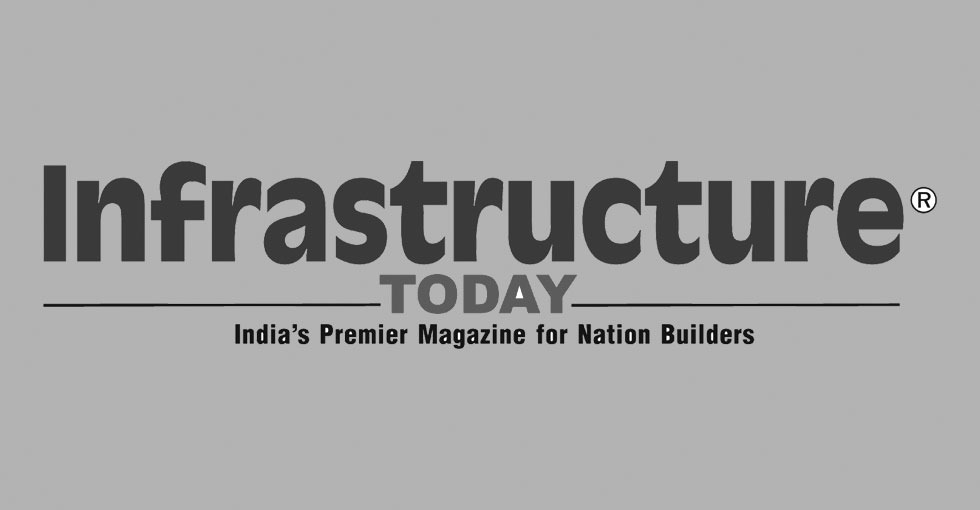Recognise construction industry as a labour intensive industry: There has been a low rate of employment growth in the manufacturing sector. Construction is a labour intensive sector having an employment elasticity of 0.88, higher than agriculture. Presently, employs 30 million people and is expected to generate another 70 million jobs by 2016.
Suggestions: Regulatory or financial inventive may be given by the Government. This may take various forms; Expenditure incurred on establishing training institutes and imparting training to rural/urban unemployed youth may be excluded from the purview of corporate tax; Companies investing in skill formation/training may be allowed to charge a higher rate of depreciation (presently15 per cent).
Facilitate training in technical manpower: Sustained availability of skilled personnel/labour may emerge as the key constraint to the construction sector. There is need for a co-ordinate wide effort for creation of a larger pool of skilled personnel.
Suggestions: Adoption of a national programme on training technical personal; Facilitate PPP approach towards skill development and attract private sector investment; Adoption of standardised certification norms and creation of database on available resources.
Reform/Rationalisation in regulatory/financial framework of PPP: A strengthened PPP initiative can only attract private sector investment in infrastructure.
Suggestions: Reforms in Regulatory Framework through adoption of Efficient & Transparent bid process; Clarity in contractual structure/ concessions/incentives- adoption of equitable contract; Standardisation of bid/procurement process; Defined Pre-qualification Norms; Single window regulatory approvals; Enhancing the effectiveness of the Dispute Resolution Mechanism; Harmonising the legal definition of infrastructure; Liberalising investment guidelines for debt and equity instruments; Strengthening the Viability Gap Funding Mechanism.
Rationalise the treatment of SPVs: Presently, most of the infrastructure projects are executed by SPVs. Discriminatory treatment of SPVs can reduce their efficiency
Suggestions: The current regulatory policies treat lending to SPVs floated by infrastructure companies under the group borrower limit, even if, the lending is without recourse to the parent company. Lending to SPVs (without having recourse to the parent company) should be exempt from the group exposure limit. Foreign borrowings by infrastructure companies or projects SPVs may be exempt from withholding tax requirements (presently up to a max of 20 per cent).
SPVs are now entitled to pay Dividend Distribution Tax (@16.995 per cent) on distribution of dividends to the parent company which, in turn, is required to pay DDT on dividends to its share holders. This amounts to double taxation. This provision may be removed.
Separate treatment for infrastructure holding companies: Presently, most developers house all their infrastructure investments in a separate holding company which are treated as Non-banking Financial companies (NBFCs). This puts restrictions on their functioning.
Suggestions: Treat Infrastructure Holding Companies as a separate class of NBFC and exempt them from the restrictions imposed on usual NBFCs.



Leave a Reply
You must be logged in to post a comment.